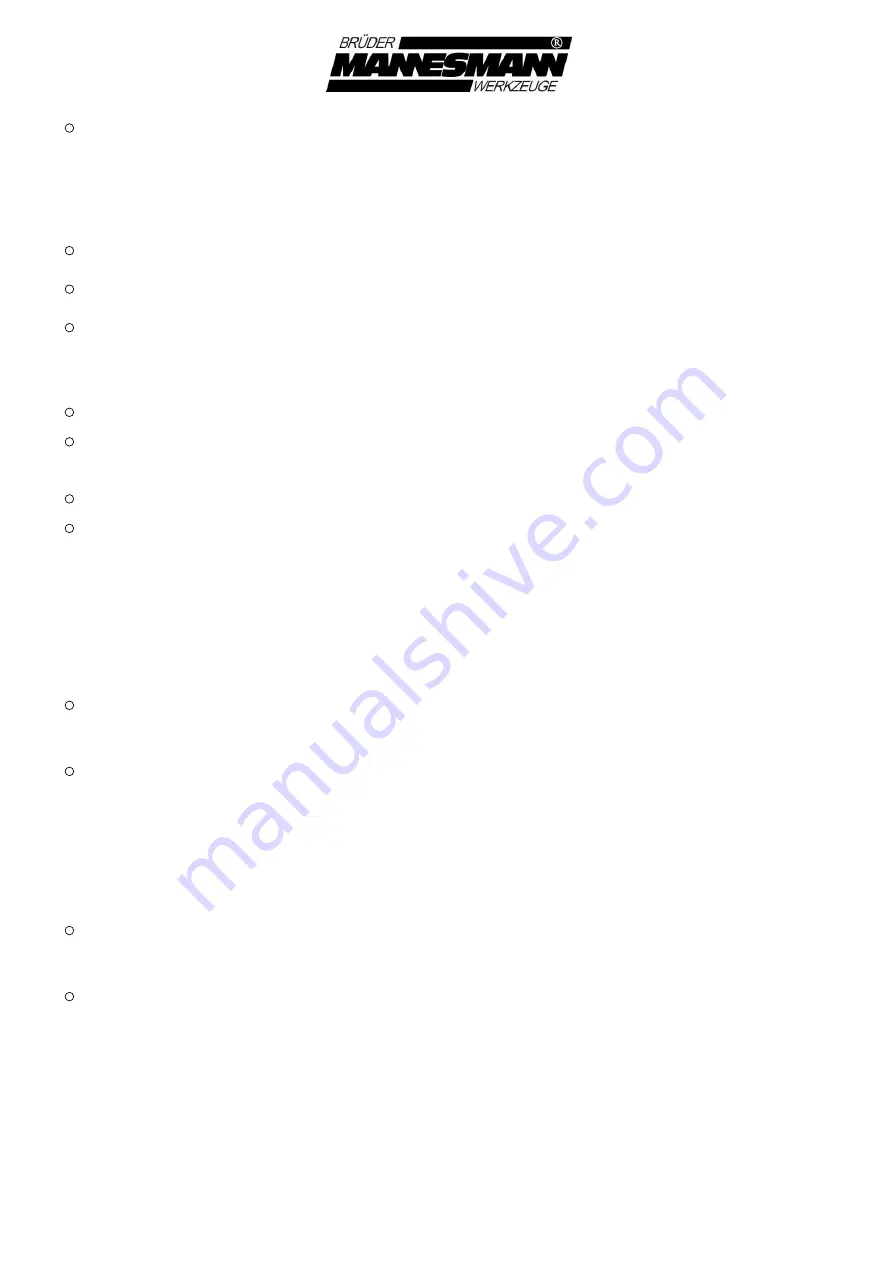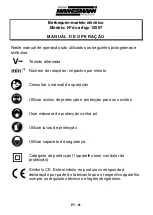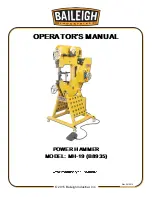
GB - 35
Depending on the length of the drill bit, adjusting the depth stop will
allow you to drill a series of holes at a preset depth.
2. Fitting and changing bits (Fig. 2)
Always unplug your drill from the mains before changing the bit.
Your drill is equipped with an SDS-plus bushing system.
Clean the bit shaft from dust and coarse dirt with a dry cloth before
you insert the bit into the bushing. Add a little grease (can supplied)
to the shaft with a clean cloth or brush.
Pull back the locking sleeve (2) and hold it.
Turn the dust-free bit into the bushing as far as it will go, and release
the locking sleeve (2). The bit will lock in automatically.
Give the bit a tug to make sure that it is secure.
To release the bit, pull back the locking sleeve (2) and pull out the bit.
3. Chiselling (Fig. 3/4)
Switch off your hammer/chisel drill’s turning function
before you use
your drill as a chisel.
Turn the turning stop switch (3) with the arrow pointing to the marking
(a) on the machine casing.
Make sure that the hammer-action stop switch (6) is in position (d).
4. Drilling (Fig. 3/4)
Switch off the hammer-action function to drill into smooth or sensitive
surfaces such as ceramic tiles.
Turn the hammer-action stop switch (6) with the arrow in position (c)
to switch off the hammer-action function.
Make sure that the turning stop switch (3) is in position (b).















































